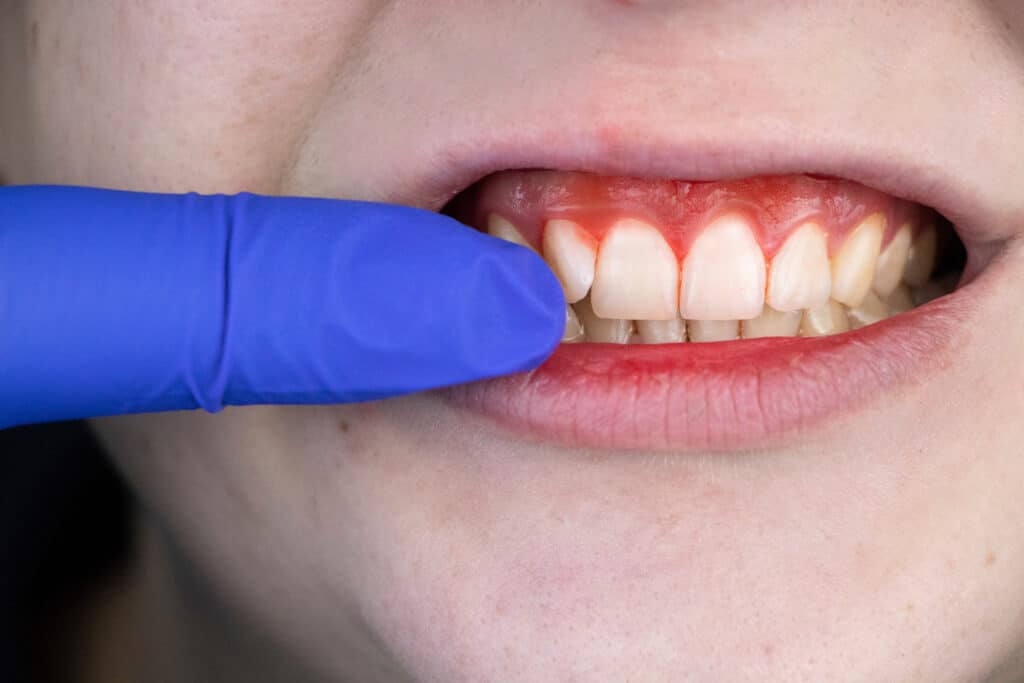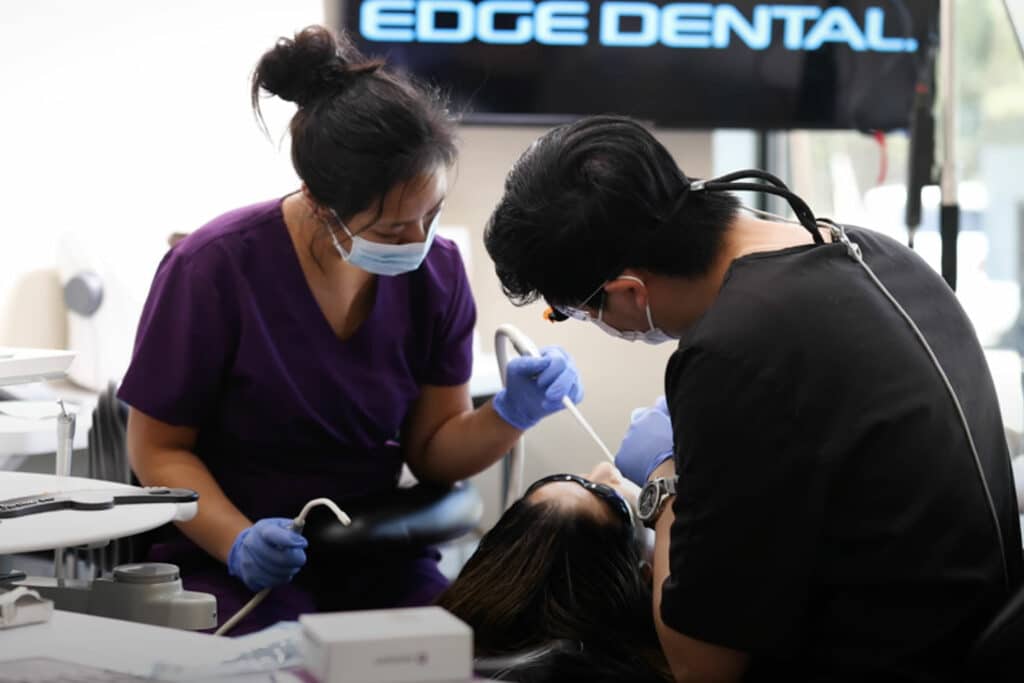What Do You Mean By Gum Recession? from Darren Fuller's blog
According to Texas Dental Clinic, gum disease includes gum recession as a subtype. The roots of your teeth become noticeable as your gum tissue starts to shift away from them. Your teeth have more chances of developing cavities as a result. When you chew on something or brush, your teeth may turn more sensitive. Gum recession can vary from minimal to severe. Several teeth or only 1 could be affected.
What are the symptoms of gum disease?
Here are somegum disease symptoms that you should not ignore:
- Red or purple gums
- Swollen or puffy gums
- Easily bleeding gums
- Tender gums
- Pink-tinged toothbrush after brushing
- Spitting out blood while cleaning or brushing your teeth
- Pus between your gums and teeth
- Bad breath
- Loss of teeth or loose teeth
- Painful chewing
- Receding gums
- New forming spaces between your teeth
- A change in your teeth fit together when you bite

When to visit a dental expert?
For periodic checks, stick to your dentist's instructed schedule. Make a quick dental appointment with your dentist if you have any periodontitis symptoms. You can reverse gum damage better if you seek remedy as soon as possible.
What is gum recession surgery?
Along with Laser gum surgery, gum graft surgery is the most dependable and long-lasting gum recession treatment. Usually, a trained periodontist performs this procedure. A gum transplant is employed during gum recession surgery to replace your missing gum tissue. They typically take gum grafts from the roof of your mouth, while sporadically may arise from tissue from a clean human donor.
Your surgeon stitches the gum graft into position once it is in the ideal place. Gum grafting and gum recession treatment come in various forms, and choosing the best one for your circumstances can be assisted by your surgeon. Gum grafting procedures today involve minimal discomfort.
How to fix gum recession with nonsurgical treatment?
There are several nonsurgical methods for treating gum recession.

Antibiotic ointments.
Your Dental Office Houston dentist will work with you on brushing your teeth more thoroughly if gum recession results from periodontal disease. Under local anesthetic, scaling and root planing can be performed to remove dangerous germs that are deeply embedded beneath the gum line and cause gum disease. Occasionally, your periodontist, an expert in treating gum disease, may directly insert the antibiotic under your gums.
Dental bonding
Your dentist may sometimes use composite resin to conceal the recession. It covers your exposed tooth root, making it less obvious and more comfortable. Use composite resin that is tooth-colored to conceal the recession. It protects your exposed tooth root, making it less obvious and more comfortable.
Orthodontics.
A gum recession may result from crooked, pointed, or rotated teeth, and braces might be possible in these situations. The gum edge could gradually heal itself once the tooth has been realigned.
Conclusion
The above-provided details and information will help you learn some beneficial facts and aspects regarding gum recession treatment and surgery. For more informative facts and updates, please visit laserdentistrynearme.com.
Article Source : https://www.healthandhealthytips.com/what-do-you-mean-by-gum-recession/

The Wall